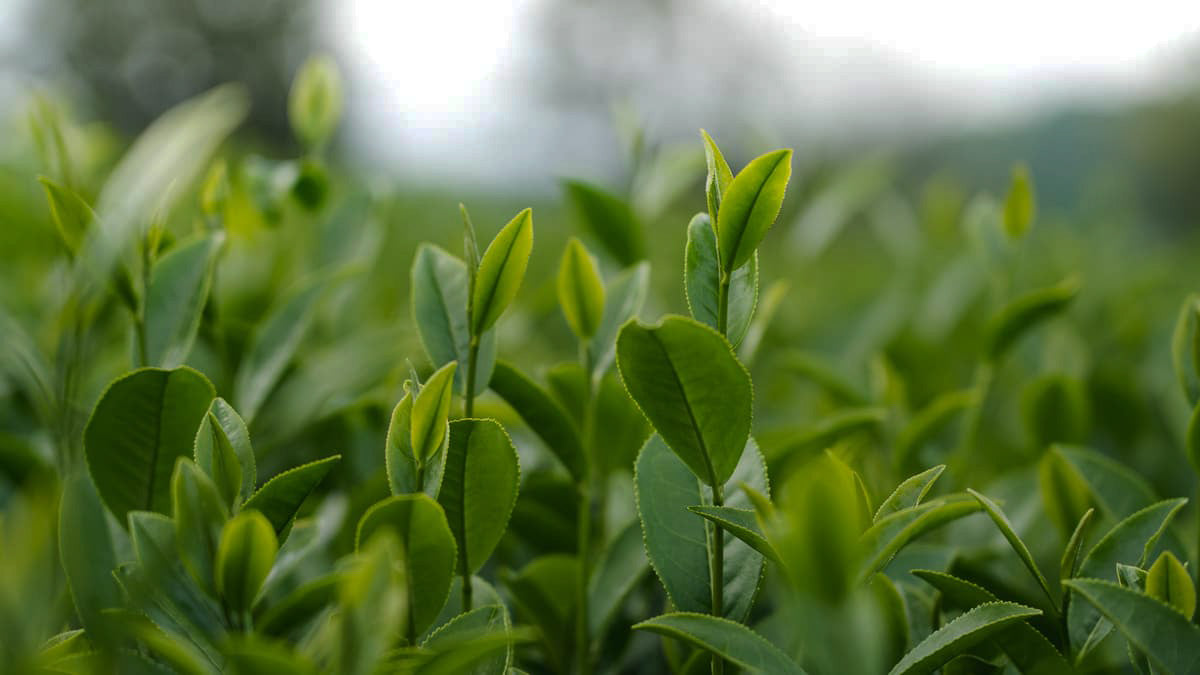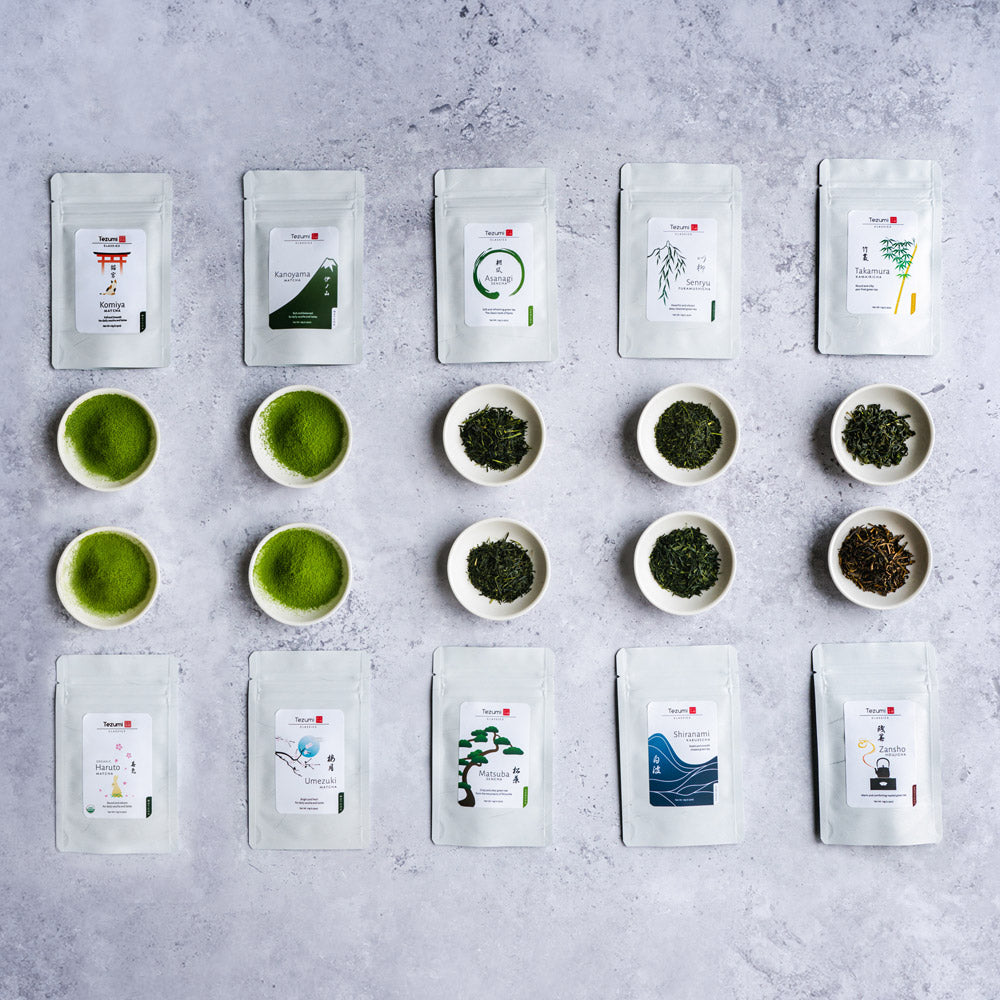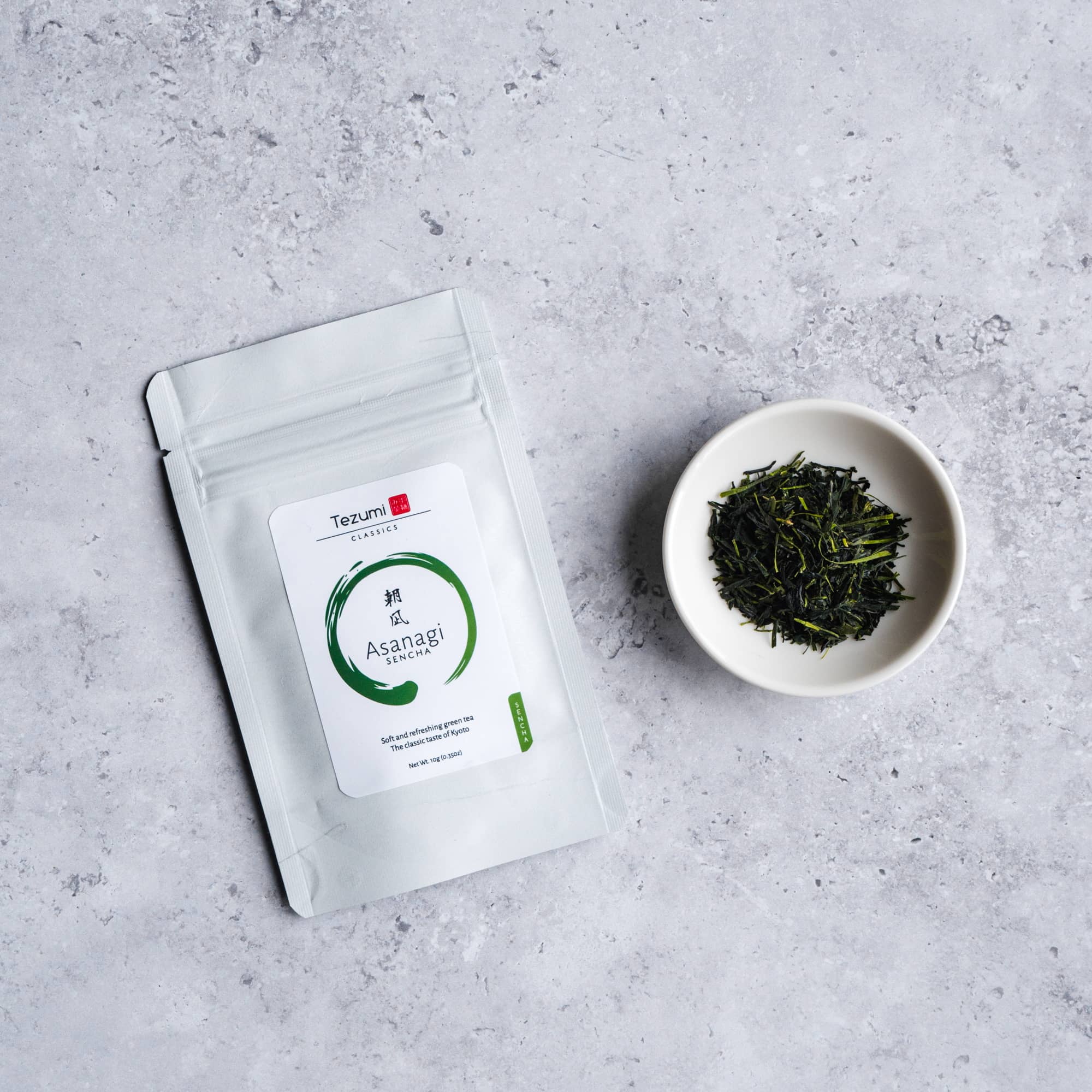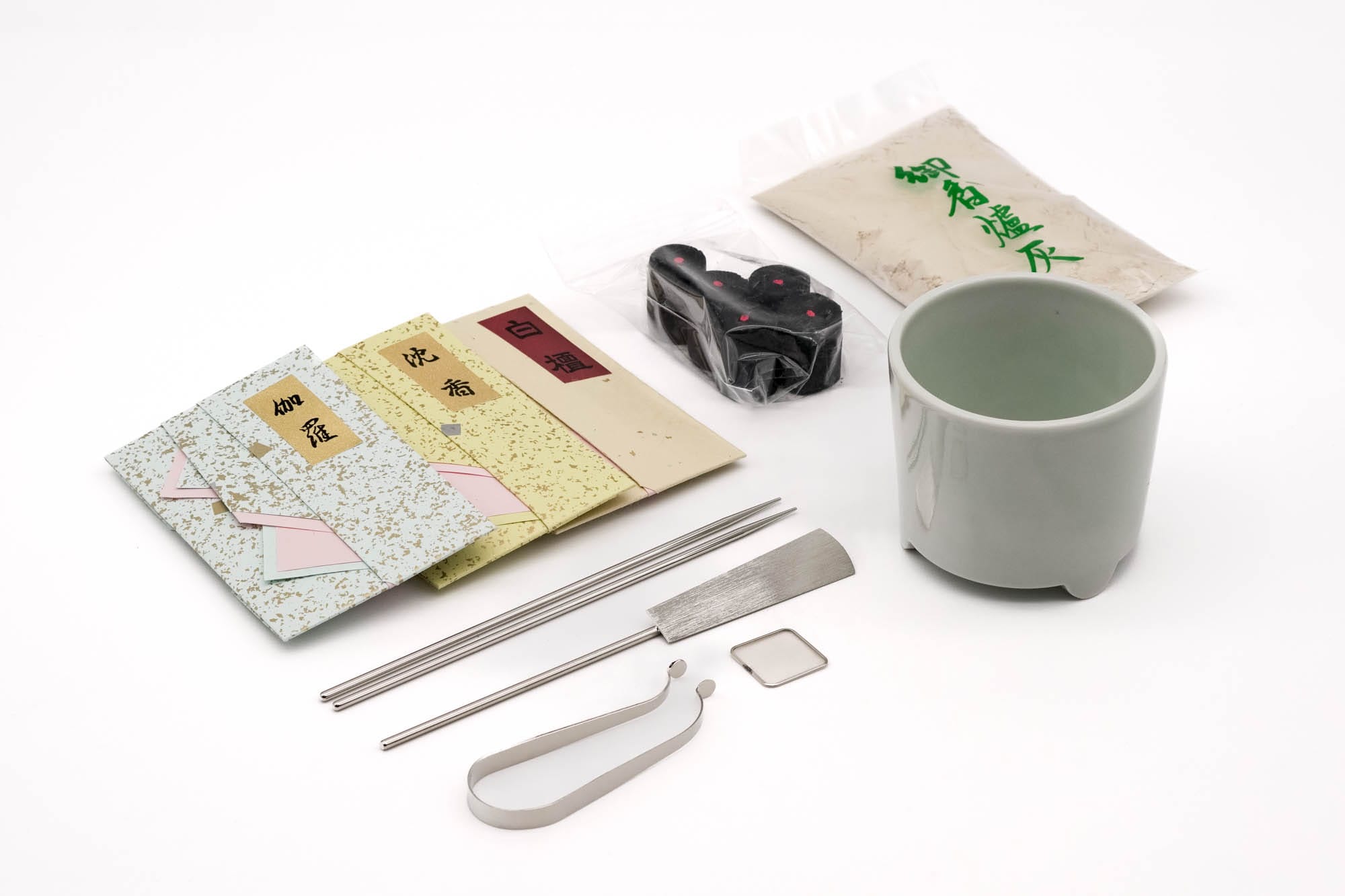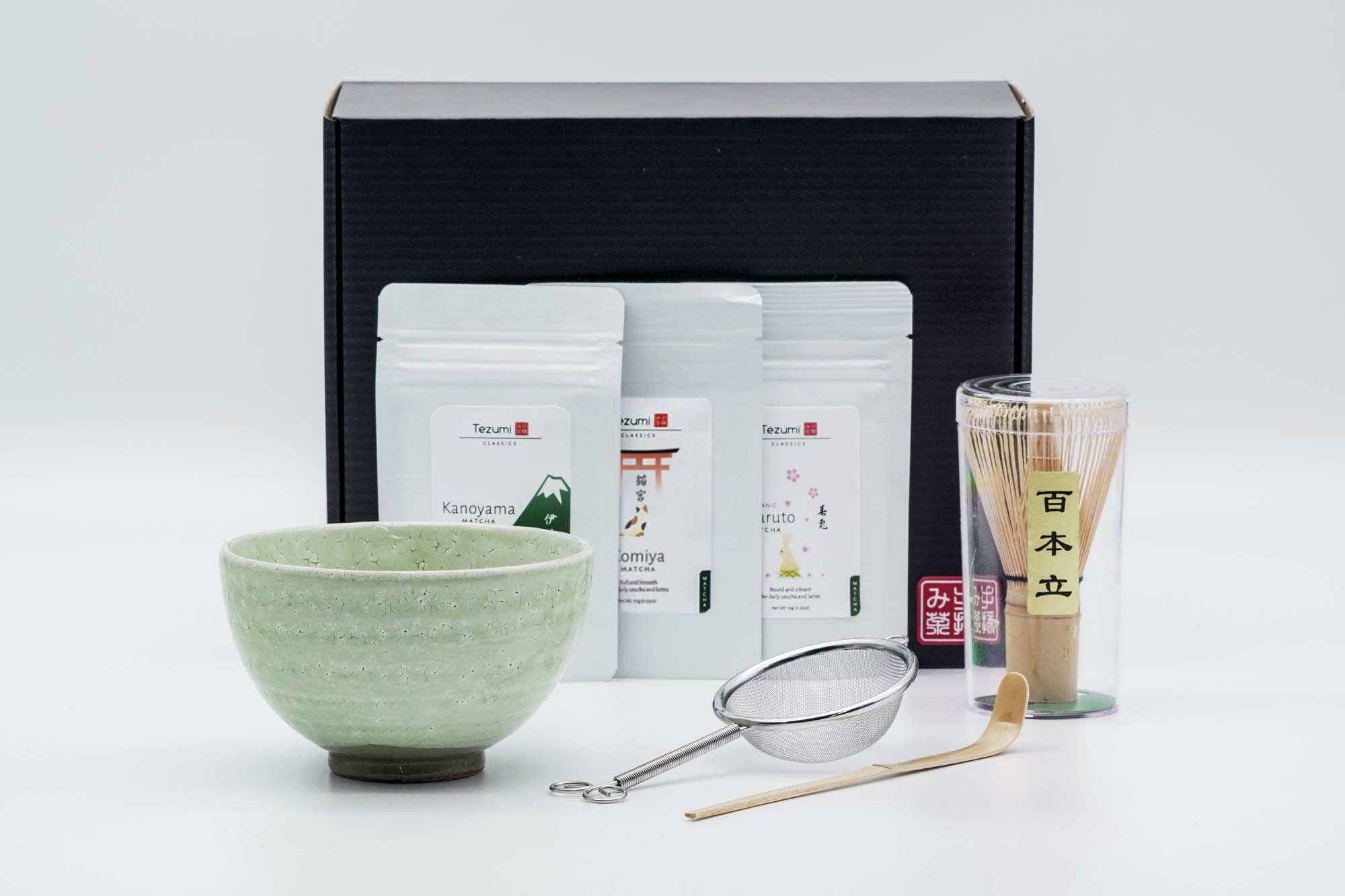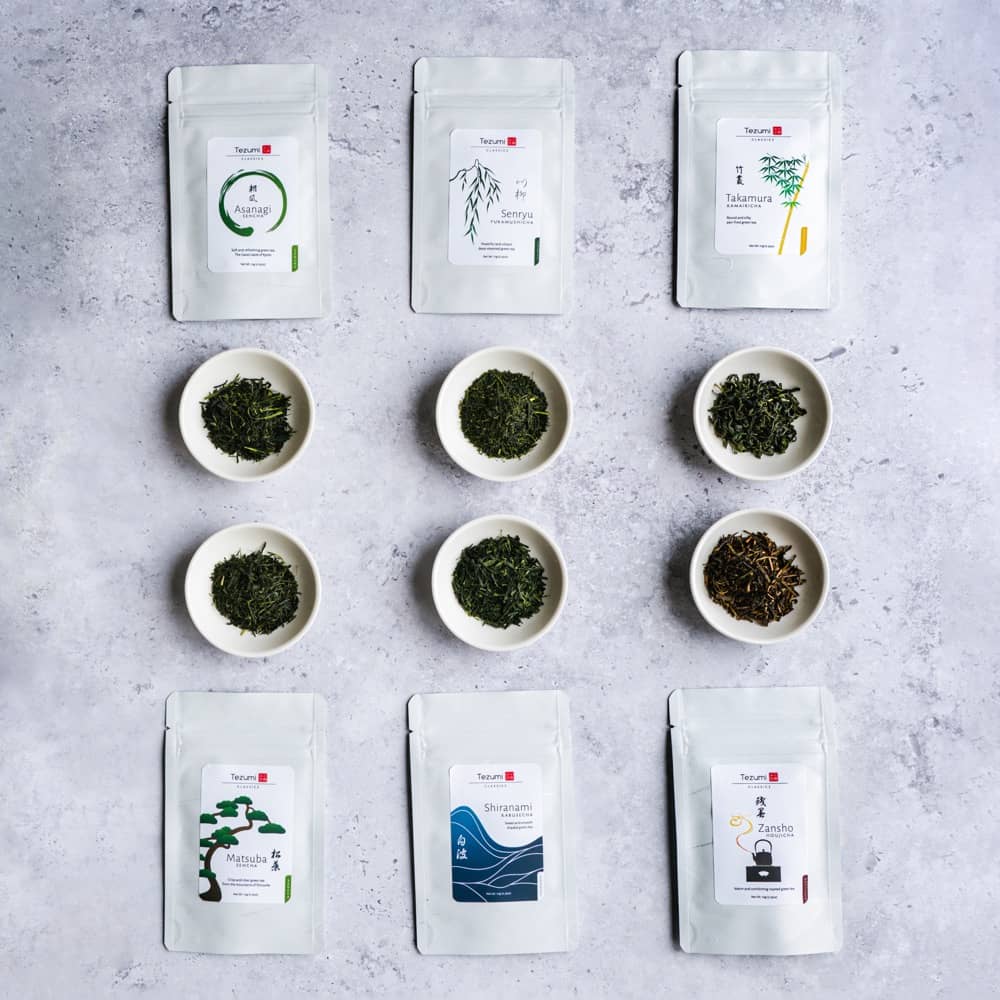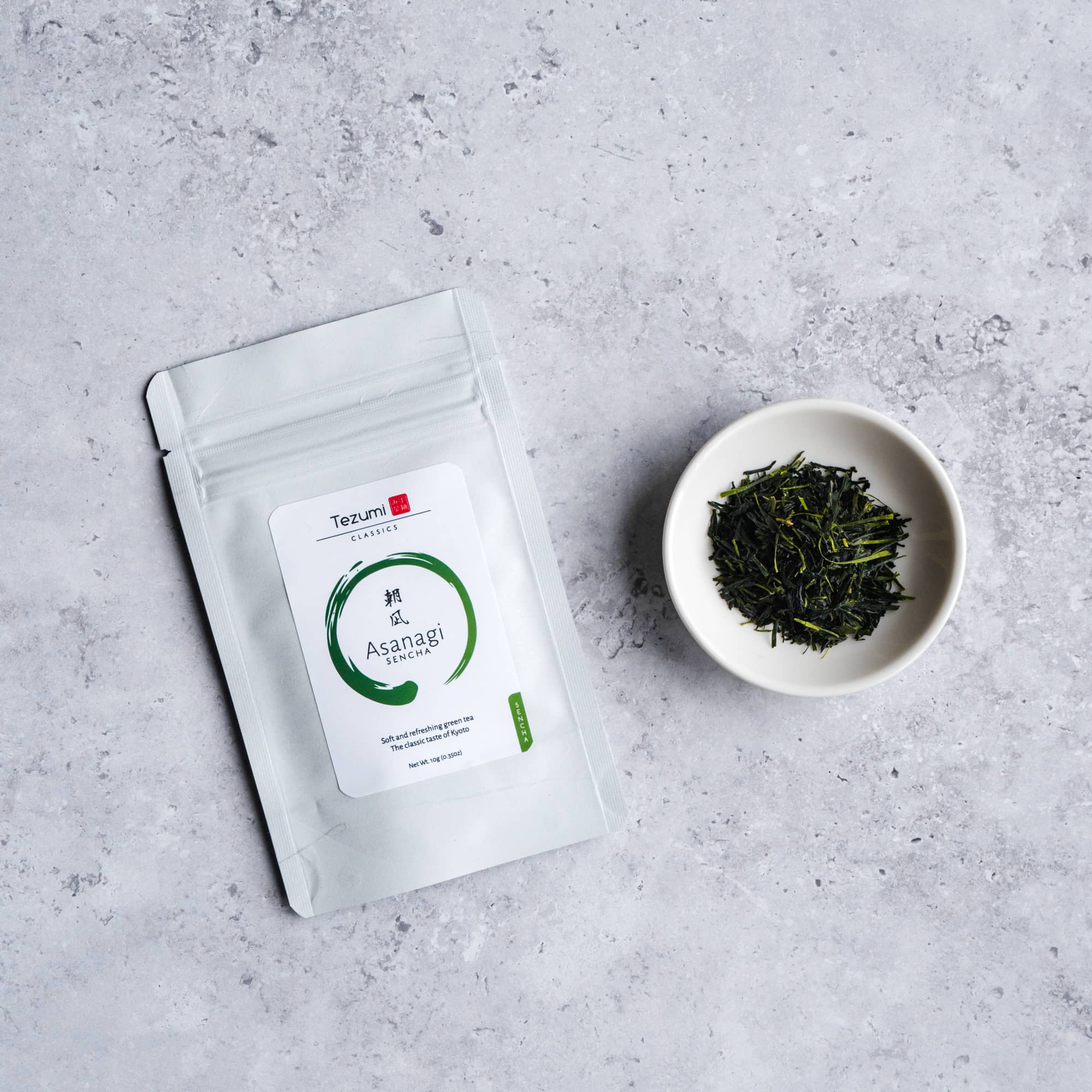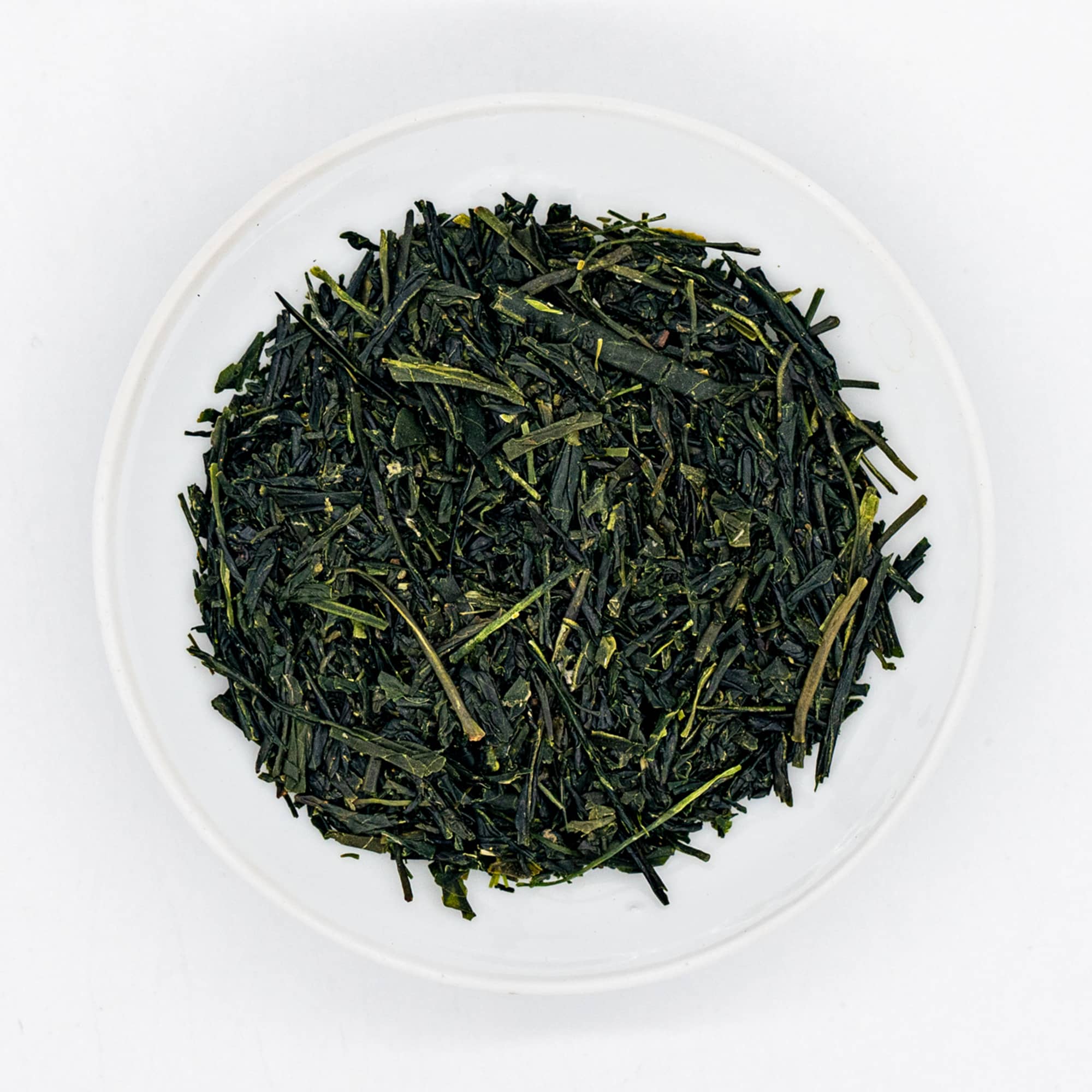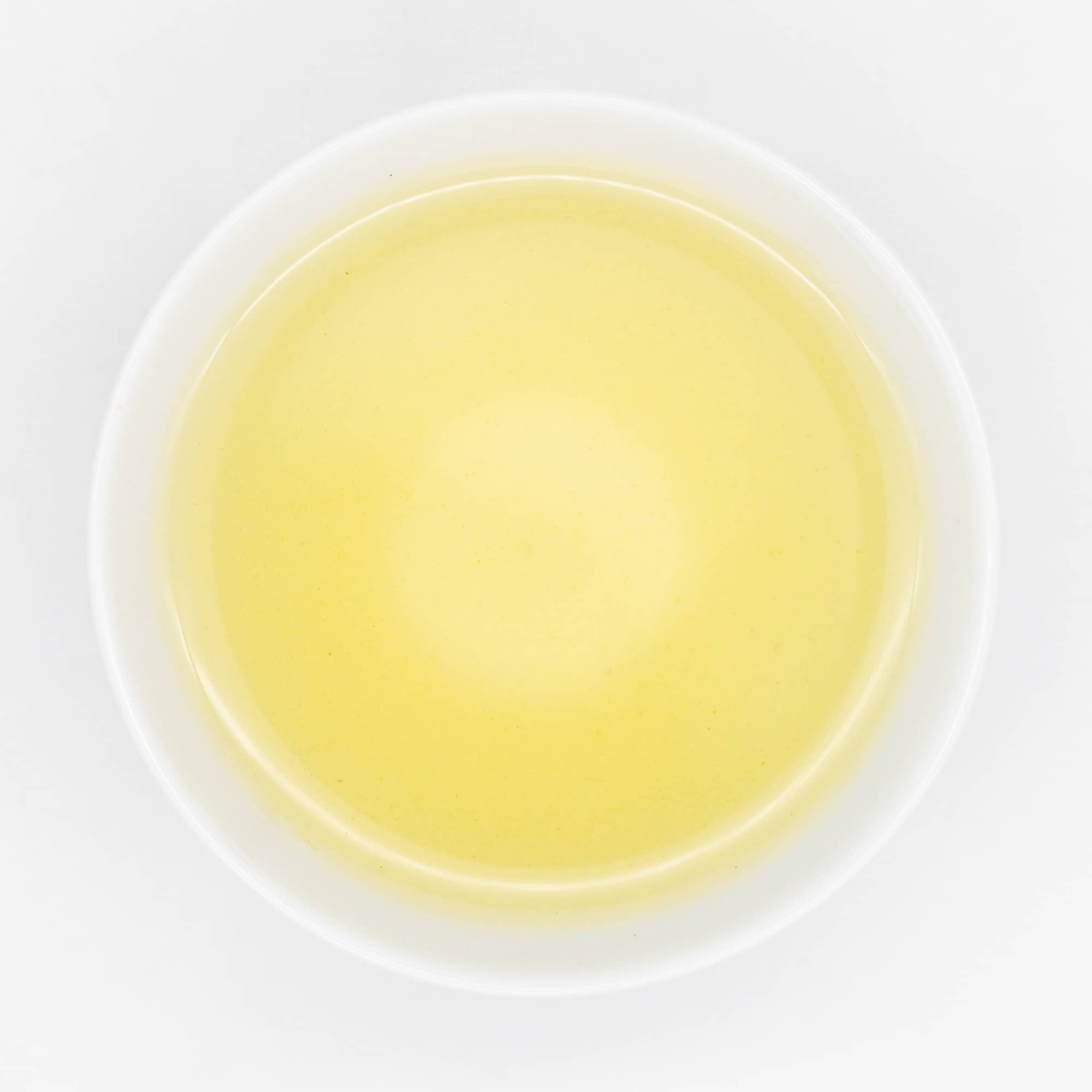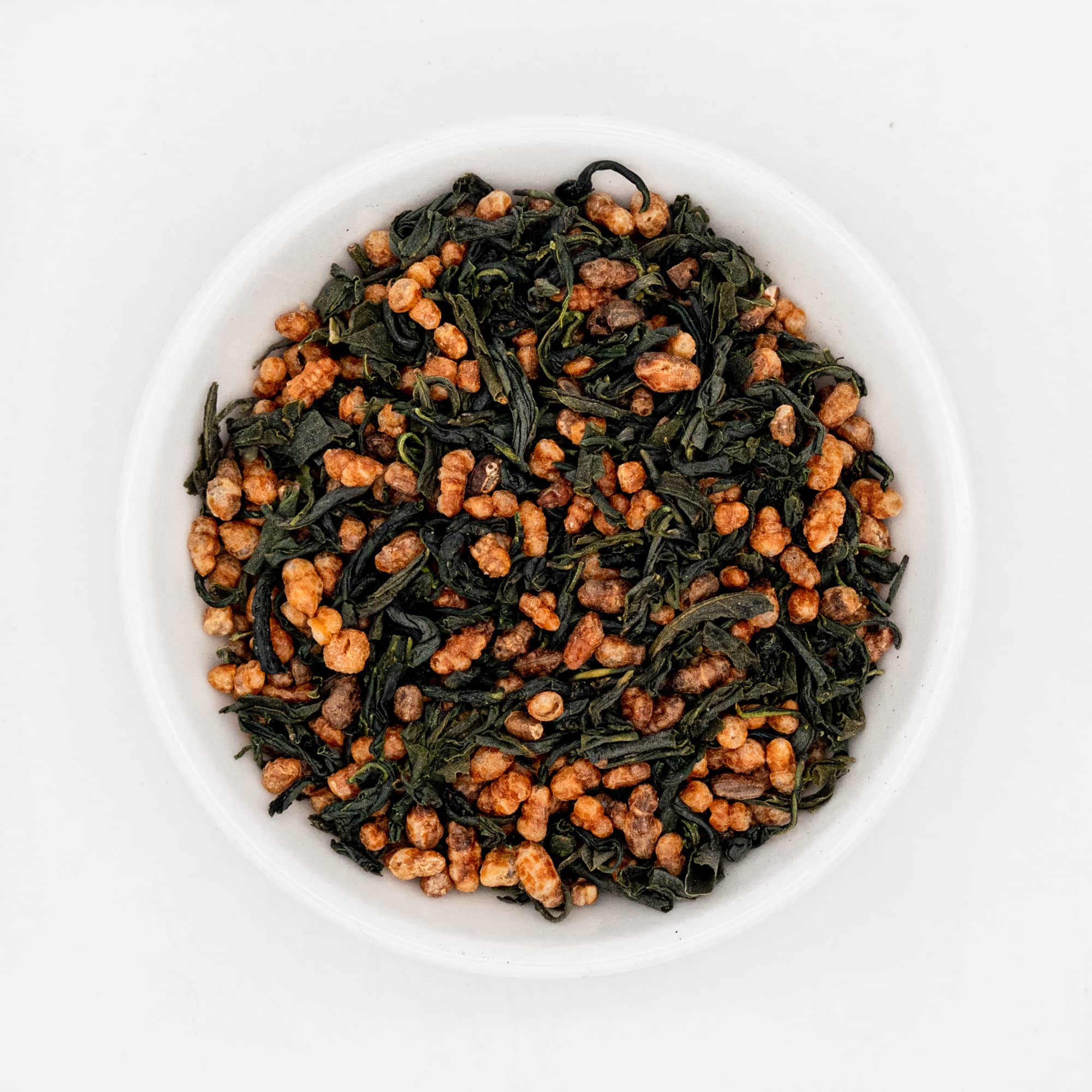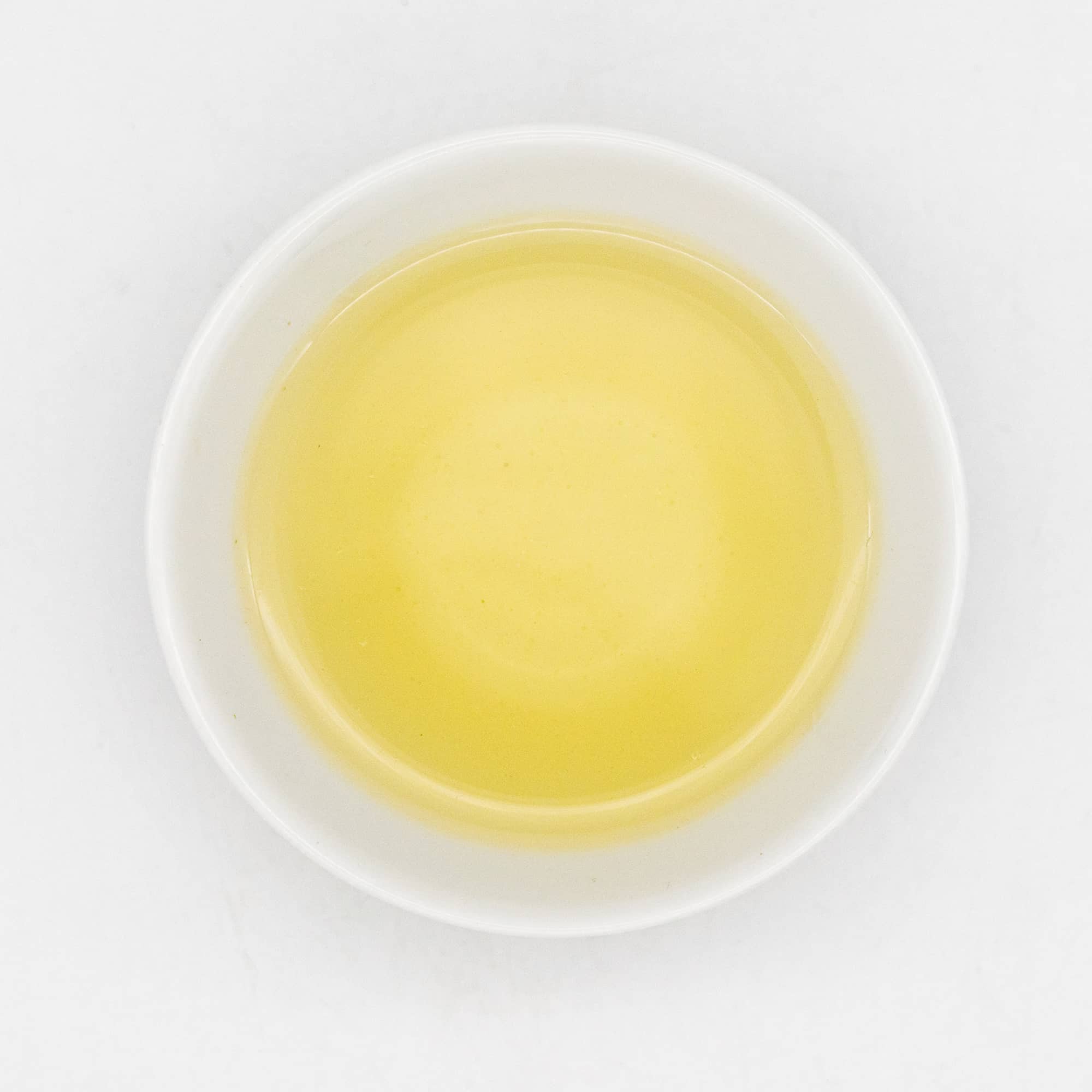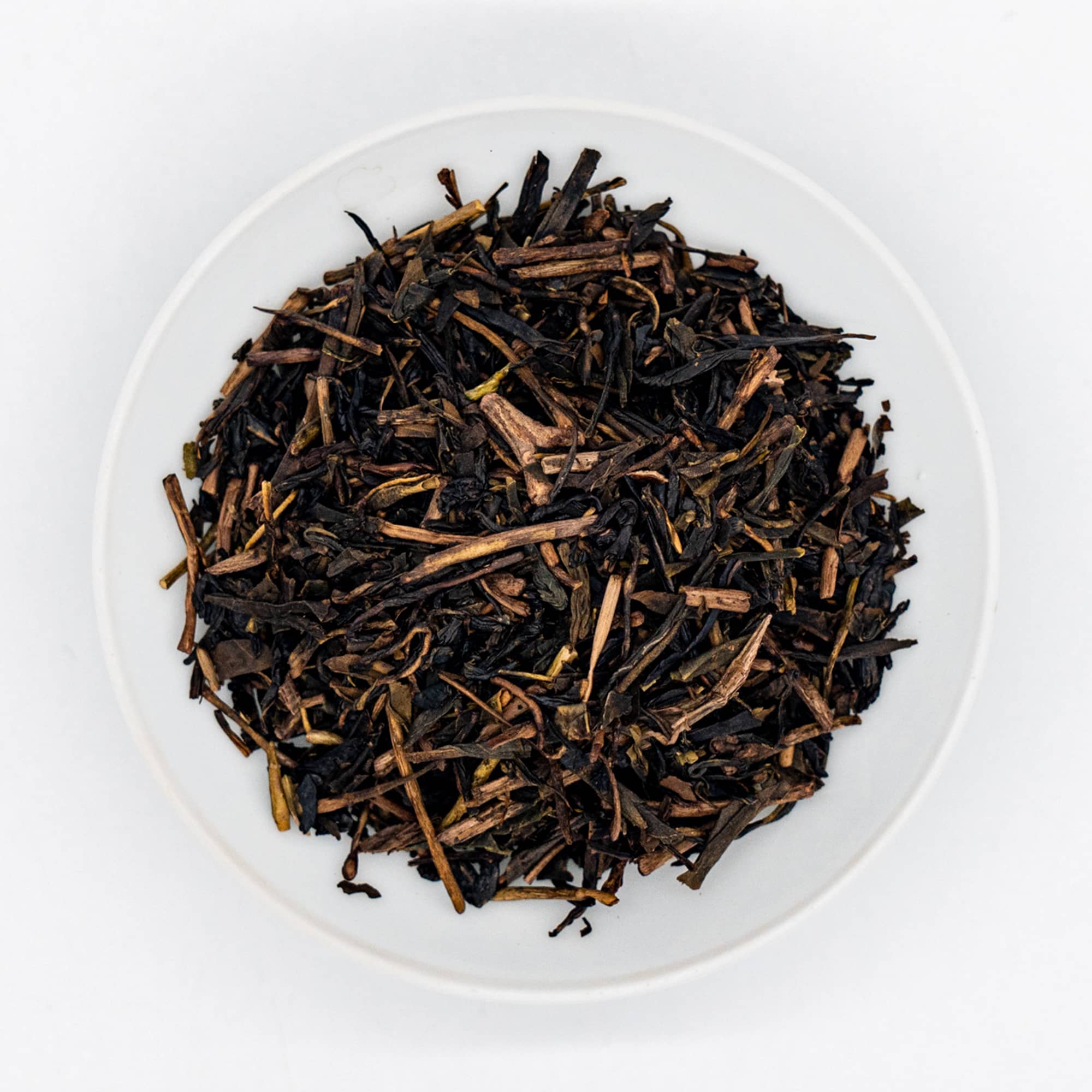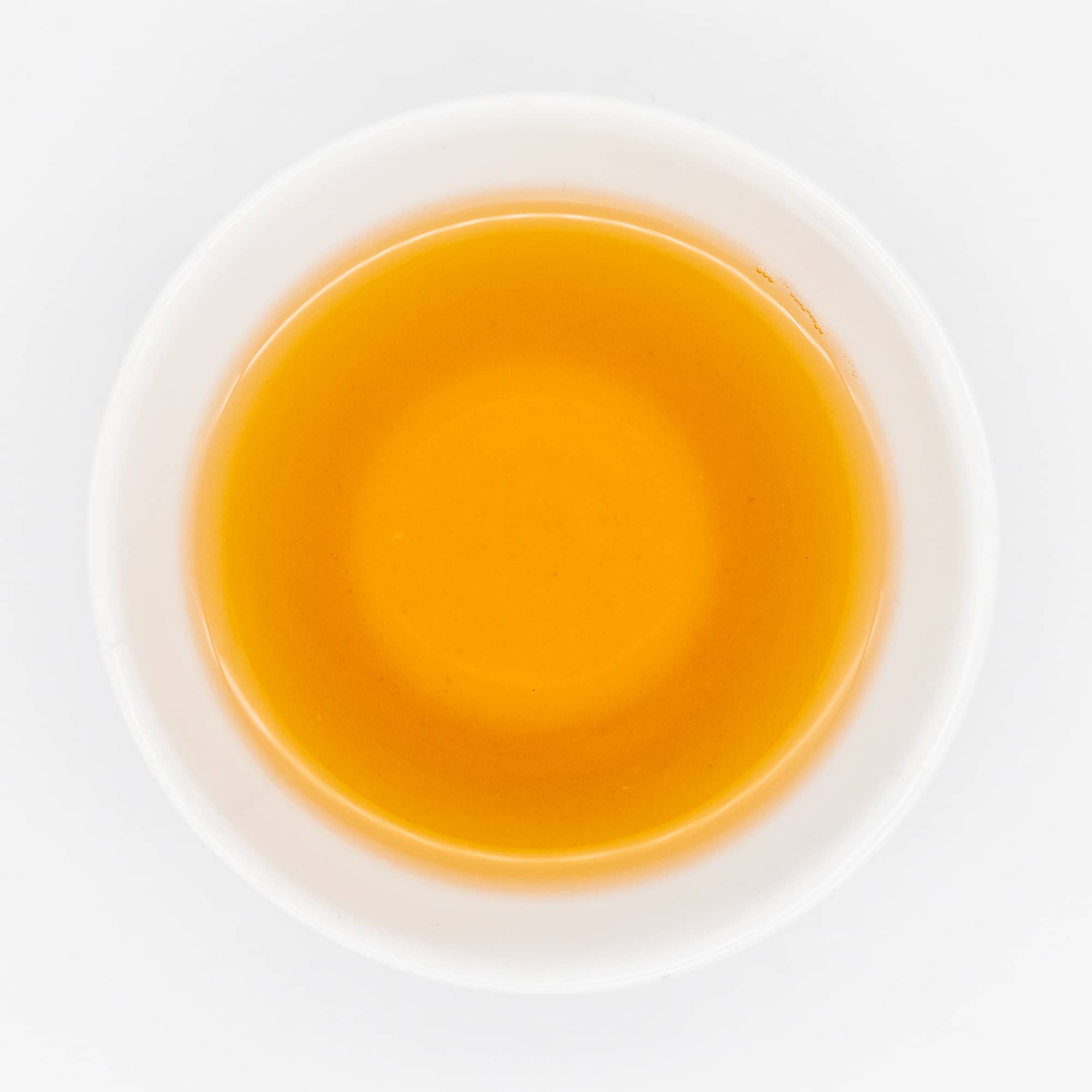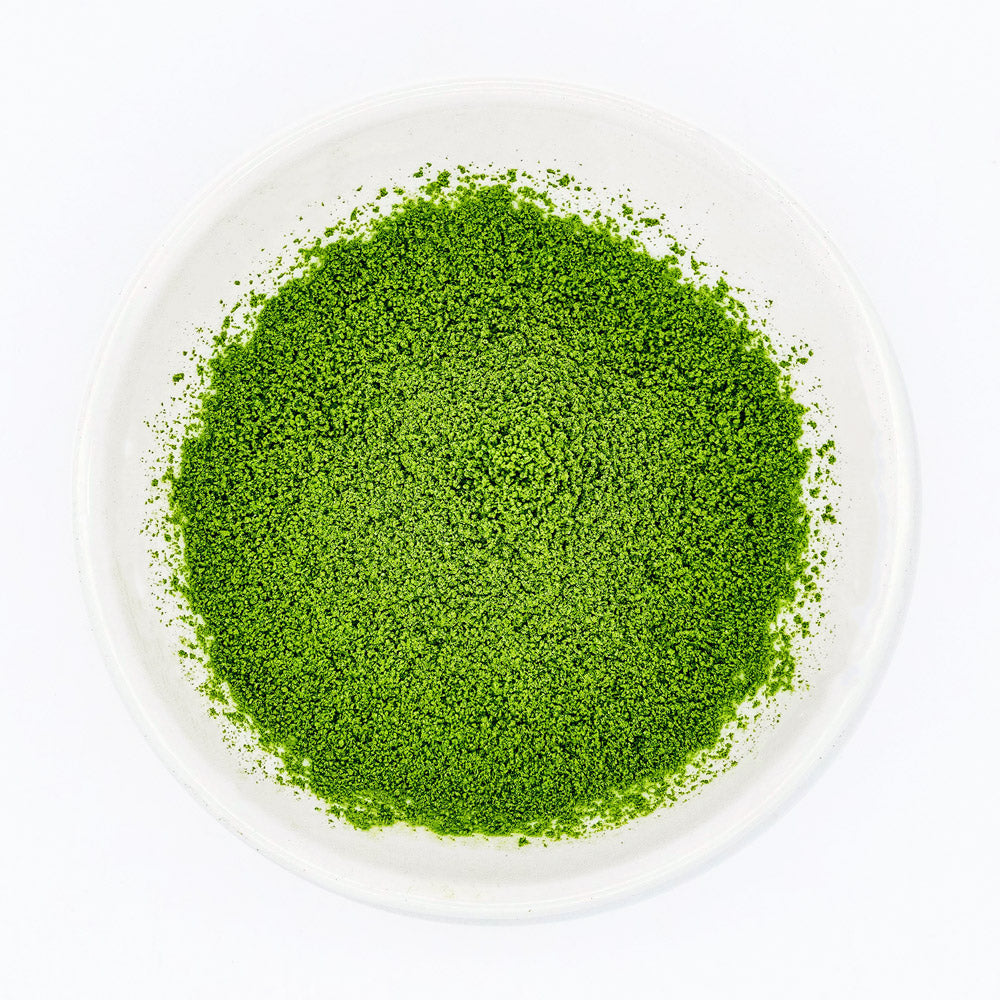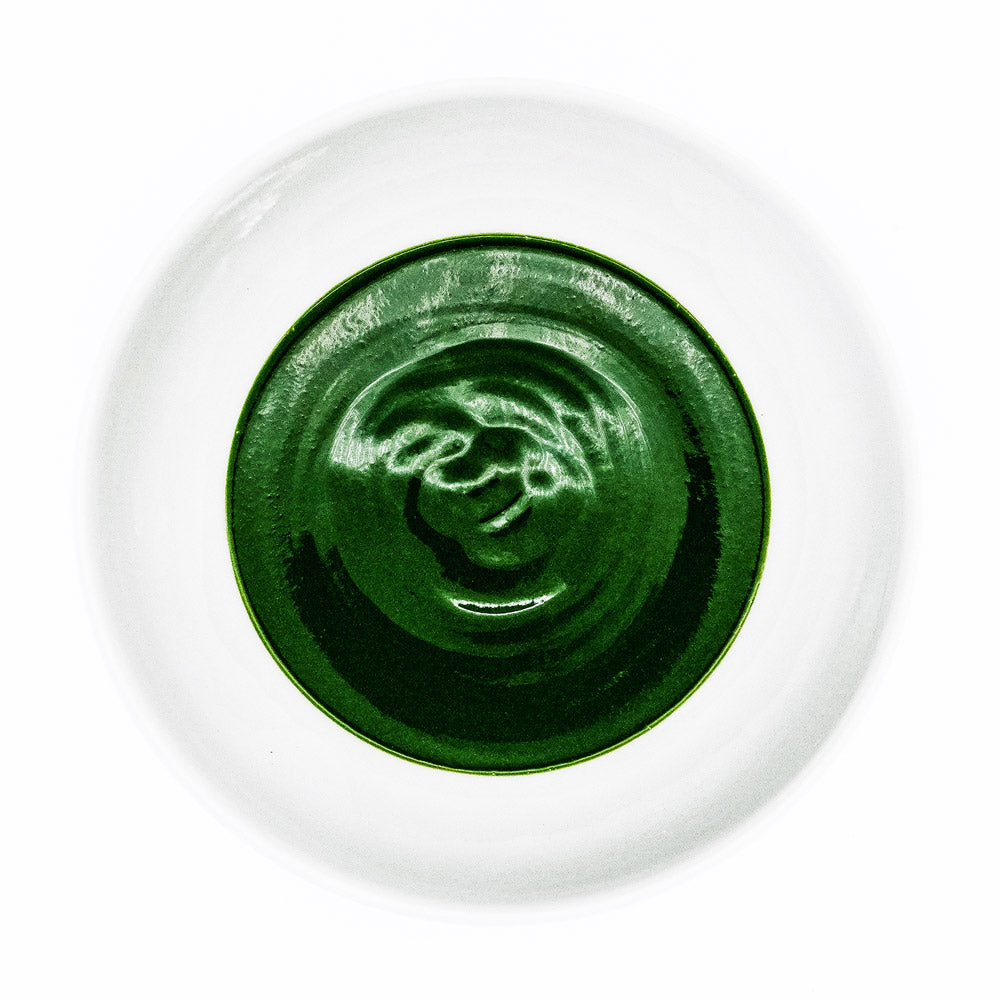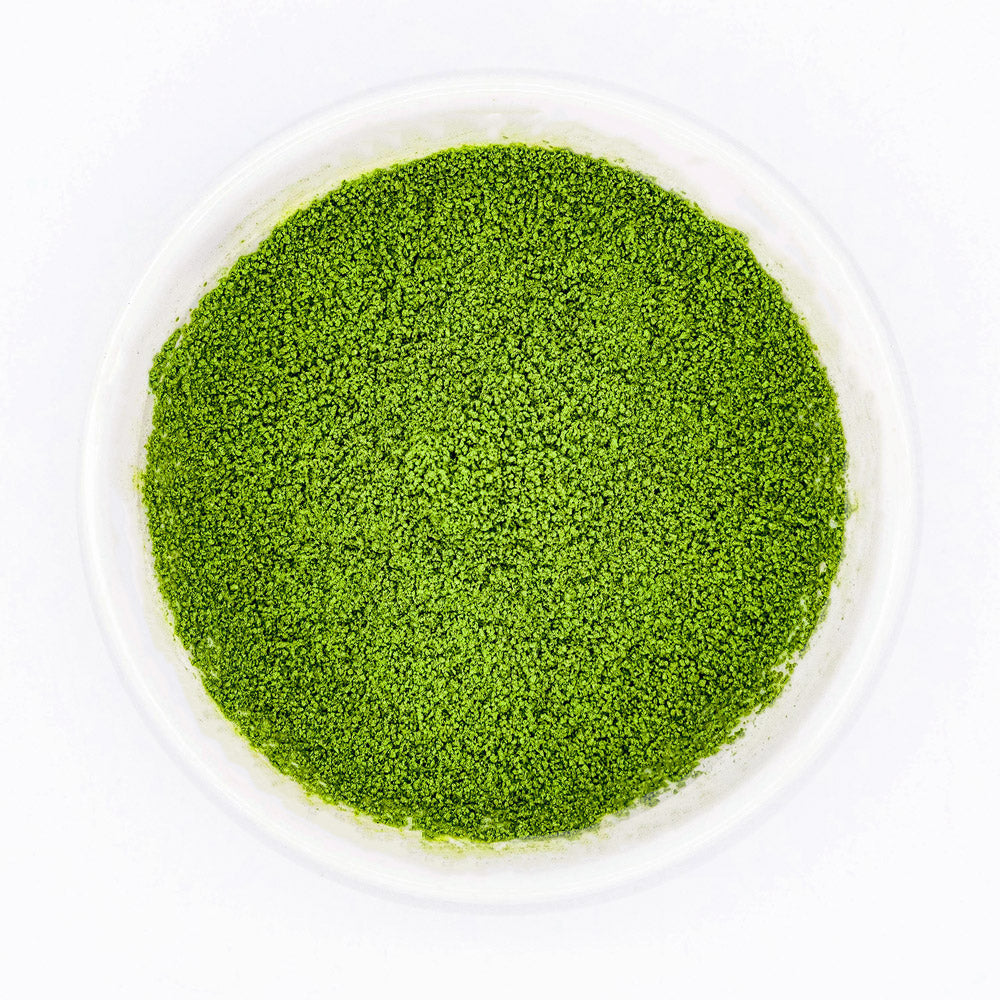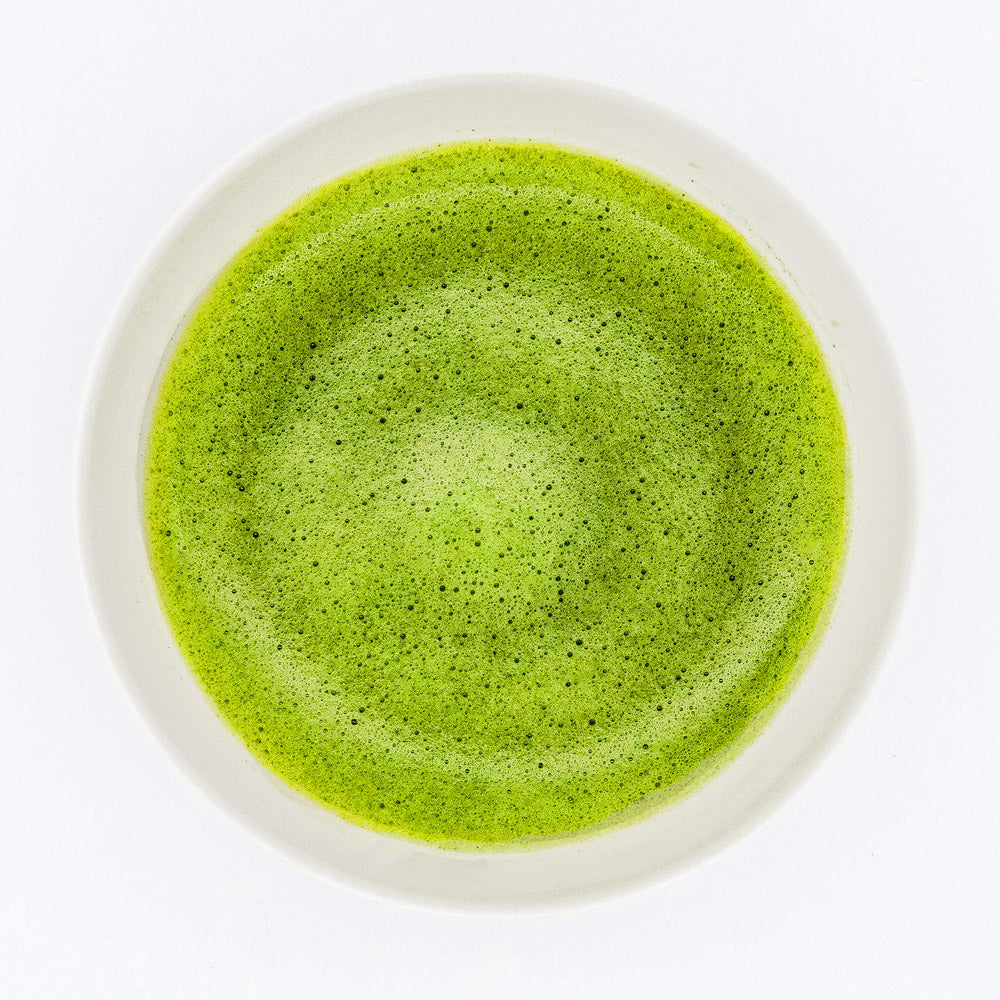What is Chanoyu? | An Introduction to the Japanese Tea Ceremony

The soft hissing of the kettle that calms you. The deep aroma of incense that transports you. The solemn beauty of a single flower in the alcove that stirs you. The invigorating taste of matcha that awakens you. These are the images that are conjured by the phrase ‘Japanese tea ceremony’, and while they succeed in capturing the atmosphere of a tea room, there is infinite depth that lies beneath this surface appearance.
Called sadō or chanoyu in Japanese, the Japanese tea ceremony is a beautiful distillation of Japanese culture, aesthetics, craftsmanship, and philosophies—all encapsulated in the simple, yet refined motions of making and serving a bowl of tea.
What’s In A Name?
Before we can talk about the rich and beautiful world of this quintessential Japanese cultural phenomenon, we must address the elephant in the tearoom: its name(s), both in Japanese and English.
In Japanese, it has three main names, each with their own nuance and history:
- Chanoyu (茶の湯 - hot water of/for tea) - One of its oldest names, this is the term preferred by many chajin (茶人 - tea person/practitioner). Compared to sadō, chanoyu has more artistic and aesthetic connotations.
- Sadō/Chadō (茶道 - the way of tea) - this term brings it in line with other Buddhist ‘ways’, such as kendō, and shodō. Compared to chanoyu, this term implies a greater sense of practice and discipline in the context of Buddhist spirituality.
- Suki (数奇 ~ aesthetics) - no longer as commonly used, this term, and its derived term sukisha (数寄者 ~ aesthete, tea practitioner) originally referred to renga poetry and its practitioners, but as chanoyu became the popular pastime in the Momoyama era, suki was used to refer to tea ceremony and its devotees
In English, the most common phrase used is ‘tea ceremony’ or ‘Japanese tea ceremony’. Other than for ease of communication to non-practitioners, many chajin often avoid using this phrase as, in addition to being a mouthful, it doesn’t quite capture the nuances of chanoyu, which is not ‘ceremonial’ in the common sense as its practice is not restricted to formal celebrations or religious events.
The second most popular term is the ‘Way of Tea’, as a translation of sadō. Though much better, it is still quite long and has the same limiting connotations as the original Japanese term. Other translations include the ‘Japanese Tea Rite’ or ‘Tea Ritual’, etc.
However, between English-speaking practitioners, it is commonly referred to using the Japanese chanoyu, or simply just ‘Tea’. For both accuracy and brevity, I will mostly use the term chanoyu hereafter.
What is Chanoyu?

With that technicality out of the way, we can move onto the real question: what is chanoyu? If you asked ten tea masters to define it, you’d have ten different answers, each reflecting a different aspect of the whole: chanoyu is Zen, it is performance art, it is meditation in motion, it is hospitality, it is aesthetic philosophy, it is a spiritual connection between guest and host, etc. This multifaceted nature is part of chanoyu’s beauty and a key factor in its longevity and popularity. Of all of the countless cultural phenomena that have sprung around tea since its discovery, from the Song dynasty tea competitions, and the lavish chayorai tea parties of 14th century Japan, none have survived and thrived in the way that chanoyu has.
To put it as simply as I can, chanoyu is a manner of preparing and serving matcha to guests that is steeped in Japanese aesthetics and Zen philosophy, and has gone through centuries of tradition, innovation, and refinement. Along the way, it picked up added meanings, practices, and ideals that today have culminated in this complex cultural soup.
The Space
The room in which chanoyu is conducted is called a chashitsu (茶室 - tearoom), a purpose built tearoom with a low ceiling and tatami flooring. While there are many styles and sizes of chashitsu, most are small, or very small, by western standards. Individual chashitsu are often given poetic names, though for classification purposes, they are generally organised by how many tatami mats there are. Tatami varies slightly in size, but is usually around 2mx1m (6ftx3ft). The most common size and layout is called a yojōhan (四畳半 - 4.5 tatami mats), an example of which could be arranged like this:

Rooms larger than this are called hiroma (広間), and rooms smaller than this are called koma (小間), with the smallest koma being only 1.75 tatami mats big.
The primary features of a chashitsu are:
- Temaeza (点前座) - the tatami where the host sits and performs the temae, the preparation of tea
- Kyakuza (客座) - the tatami where the guest(s) sit and drink their tea
- Toko or tokonoma (床・床の間) - the recessed alcove where scrolls, flowers, and other items are displayed
- Sadōguchi (茶道口) - the door where the host enters from
- Nijiriguchi (躙口) - the small door through which the guests crawl through to enter
The Tools

The tools used to prepare the tea are called sadōgu (茶道具 - tea ceremony utensils), or simply dōgu for short. Though they are simply called utensils, the pieces themselves are often exquisite works of art. For a gathering, the host will carefully select pieces that complement each other and work together to evoke a certain theme or reflect the current season. This skillful selection is called toriawase (取り合わせ).
There are hundreds, if not thousands of different types, categories, and sub-categories of dōgu, each worthy of their own blog post. To avoid repeating myself, you can read about the basic dōgu in my introductory guide.
The Tea

The tea served in chanoyu is, of course, matcha (抹茶); the two are so deeply intertwined in their history and development. Matcha is served in two forms:
- Koicha (濃茶 - thick tea): a strong, thick, runny paste of tea, made from the highest quality teas
- Usucha (薄茶 - thin tea): the foamy, frothy style that you’re likely more familiar with
While usucha may be more popular outside of the tearoom, koicha is the main attraction in chanoyu, so much so that some schools refer to usucha simply as usu, reserving the name cha for koicha. The development of wabicha and chanoyu in general towards the end of the 16th century centred around the preparation of koicha, with the idea that all of one's being is poured into preparing one bowl of tea. Because of this, koicha preparation is often considered so (草), loose and unstructured, as all of the host’s attention and soul is focused on kneading the tea, with all the formalities and rules of tea ceremony of secondary importance.
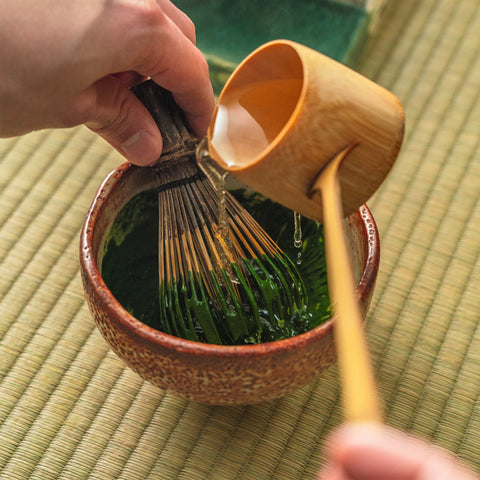
Historically, tea was always sold its unground form, known as tencha (碾茶), in special tea jars (茶壺 - chatsubo) where it is kept until it is ground into matcha the day of a tea gathering. While rarer, some chajin still get their tea like this. The highest grade leaves are wrapped in paper bags in the centre of the jar, and the empty space is filled with lower grade tencha to protect them. The high-grade tencha is then prepared as koicha, where its subtleties and complexities can be more thoroughly enjoyed, while the filler tea is destined to become usucha.
Though single cultivar and single origin teas are popular among casual tea enthusiasts, chajin generally prefer teas that have been skillfully blended from tencha from multiple farms and cultivars, to produce a very nuanced and crafted flavour profile. Each blend is given a poetic name by its producer. As each year’s harvest tastes slightly different, it is the skill of the tea blenders that keeps the final product consistent.
What Happens During a Chaji?
In addition to spiritual refinement, the primary objective of a chajin’s keiko (稽古 - practice/lessons) is to prepare to host a chaji (茶事): a formal tea gathering. Chaji are like private tea parties reserved for a handful of guests that typically last 3-4 hours. The elements and order of a chaji vary from event to event, but typically include:
- Sumidemai (炭点前) - the preparation of the charcoal
- Kaiseki (懐石) - the serving of a light meal
- Okashi (お菓子) - the serving of sweets
- Koicha-temae (濃茶点前) - the serving of thick tea (more formal)
- Usucha-temae (薄茶点前) - the serving of thin tea (less formal)
The Temae
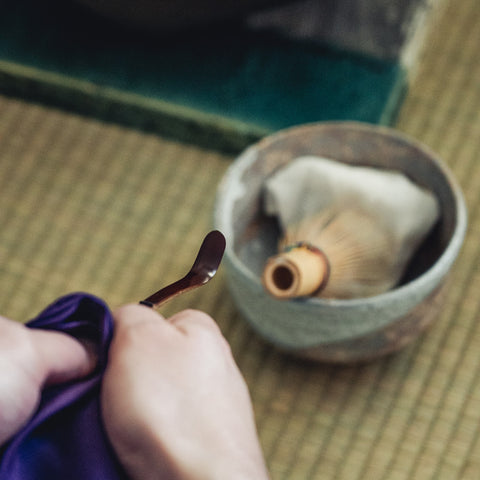
The heart of chanoyu is the temae (点前), which is the actual preparation of the tea, and is probably what most people think of when picturing a tea ceremony. There are innumerable different temae and variations for different occasions and seasons (e.g. serving usucha, koicha, using stacked bowls, serving nobles, using a tana, etc.) and across different schools, although the basic parts remain the same:
- The guests enter the tearoom and observe the tokonoma, where the host will have displayed a hanging scroll, vase of flowers, or a seasonal decoration. Then they will take their seats on the guests’ tatami mat and observe what the host has prepared on their mat. Typically there will be a kama (釜 - a cast iron kettle boiling water over charcoal) and a mizusashi (水指 - fresh water container)
- Then the host will greet the guests and bring in the various dōgu, take their seat in front of the kama, and begin the temae. Upon seeing all of the selected utensils, along with the display in the tokonoma, the guests can appreciate the toriawase (取り合わせ): how the different elements work together to create a certain theme or atmosphere
- The host’s first step is to purify the utensils. For some, this is done using a silk cloth called a fukusa. As the utensils are cleaned beforehand, this step is mostly symbolic, and in the act of purifying utensils, the host can purify themselves and their mind. For the chawan or tea bowl, it is purified by being filled with hot water, then emptied and dried. This serves the dual function of warming up the bowl and allowing the host to soften and inspect the bamboo whisk in the hot water before emptying it.

- Once the bowl is dry, the host will scoop the tea into it. For usucha, or thin frothy matcha, the tea is served individually to each guest in turn, so only one portion (two scoops) is put in. For koicha, or thick tea, each guest drinks from the same bowl so one serving for each guest is added to the bowl (typically 3-4 scoops per guest)
- The boiling water in the kama is then cooled slightly with a scoop of cold water (when making usucha) before being ladled into the bowl. The host then whisks the tea into usucha or kneads it into koicha.

- Before presenting the tea to the head guest, the chawan is turned twice so that its front or shōmen (正面) is facing the guest. Upon receiving it, the guests bow to the next guest in line, apologising for going ahead of them. The bowl is then turned so that it is facing the next guest (or in some schools, so that it faces the host) as a sign of respect. The tea is then drunk and the bowl returned to the host to be cleaned and used again for the next guest. When drinking koicha, the first guest takes a few sips before passing the bowl to the next guest, who does the same.
- When everyone has had as many bowls of tea as they like, the host cleans the utensils and brings them back out of the room, except for the scoop and tea container which they present to the guests for haiken (拝見 - viewing/appreciation) before leaving the room
- During haiken, the guests are free to examine and admire the utensils, before the host returns to answer any questions about them. Once all are satisfied, the host carries the utensils out of the room, then concludes the temae
Aesthetics and Sayings of Chanoyu

Chanoyu can also be understood through some of the various sayings and terms that it has spawned or have become associated with it. Some of these are phrases commonly brushed onto hanging scrolls (掛軸 - kakejiku) while others are terms that refer to various aesthetic philosophies that have either shaped chanoyu or been shaped by it. More than simple visual styles, these aesthetics are deep-rooted philosophical and spiritual concepts that are embodied within chanoyu.
茶禅一味
Cha zen ichimi
Tea and Zen are one taste
This saying speaks to the interconnectedness of Zen and chanoyu, saying that they are of one and the same taste or spirit. This can be taken both ways—that the core precepts of Zen can be understood through the practice of chanoyu and that the heart of chanoyu can be understood through Zen meditation
一期一会
Ichi-go ichi-e
One lifetime, one meeting
One of tea’s most famous sayings, this speaks to the impermanence and transience of the world—that each moment, each meeting, each encounter is unique and that it cannot and will not be replicated. Even if you had the same people in the same room, it would not be possible to recapture the essence of a previous gathering. As such, one should live in the present moment and treasure each encounter for it shall never come again.
和敬清寂
Wa Kei Sei Jaku
Harmony Respect Purity Tranquility
These four virtues are seen by many as the core principles of chanoyu.
- Harmony is the positive coexistence and interactions between beings (such as the host and guests), and also a coexistence and oneness with nature, as expressed through the seasonality of tea, utensils, and ingredients for meals
- Respect is the treatment of others as equals, extending not only to people but to the tea utensils too, treating the cheap and the valuable with the same level of reverence. Respect rises out of gratitude—for the host’s hospitality, for example
- Purity is both physical and spiritual: a pure heart is needed for harmony and respect. The washing of the guests hands and mouths before entering the tearoom is both practical and symbolic, washing away the dirt and worries of the everyday world before entering the tea world. Similarly, the purification of the utensils at the start of the temae is also the purification of the host’s mind
- Tranquility is the ultimate goal of the first three principles and can only be once they are mastered. It is the ideal state of mind and is the atmosphere we wish to cultivate in the tea room
わび・さび
Wabi, Sabi
Commonly written as a hyphenated term (wabi-sabi) these two are actually separate and independent concepts that are often conflated and combined, being used as shorthand for Japanese aesthetics as a whole. Like every aspect of chanoyu, these terms are deep and complex, with manifold definitions and nuances, but they can be roughly summed up as such:
- Wabi (侘) is the aesthetic of restraint. The beauty of the austere, simple, humble, mundane, and imperfect. It is not the elegance of blossoming cherry trees, but rather the struggle of fresh grass breaking through the earth. Wabi also has the connotations of poverty, modesty, and rustic simplicity.
- Sabi (寂) is the aesthetic of time's effects on the world. The weathering of an old moss-covered stone. The green patina on once shiny copper. The deep tea stains in an old bowl. It is an aesthetic of impermanence, transience, and evanescence.
A Brief(ish) History of Chanoyu
The history of chanoyu’s development and evolution is long, complex, and hotly debated, and as such deserves its own blog post or two. Here is a brief-ish summary:
Tea was first brought to Japan in the 800s by Buddhist monks returning from Tang China. It quickly became a staple of Japanese monastic life where it was served in the ceremonial sarei (茶礼 - tea rites) which was also brought back from China.
While tea enjoyed a brief popularity among the nobility of Heian Japan, and remained in constant ceremonial use by the monks, it wasn’t until the late 12th century with the publication of the first Japanese treatise on tea, the Kissa Yōjōki by the monk Eisai, that tea’s popularity began to grow once more. Eisai’s treatise focuses entirely on the medicinal properties of tea and ignores the development of the more informal and entertaining tea culture that had flourished in Song China. Some of this culture did eventually make into Japan by the 13-14th centuries in the forms of tōcha (闘茶), a tea guessing game that became the central focus of chayoriai (茶寄合 - tea parties), which grew to be incredibly lavish and extravagant occasions.
At the same time that tea was becoming less formal outside of the monastery, Buddhist tea practice became increasingly formalised and refined. The first to bridge the gap was Nōami (能阿弥) who developed the shōin (書院 - study room) style of tea in the 15th century, mixing the spiritual aspects of the earlier Zen tea rites with the entertainment and cultural value of chayoriai. Many see this as the birth of chanoyu.
Furthering this development was Murata Jūko (村田珠光), a contemporary of Nōami’s. He developed the sōan (草庵 - thatched hut) style of tea that exchanged the decoration and formality of the shōin for the simplicity and humbleness of a thatched hut. Jūko promoted an aesthetic of ‘chilled’ and ‘withered’ instead of the ostentation of imported Chinese wares, setting the stage for wabicha (侘茶), also known as wabi-suki (侘数寄). Jūko’s student, Takeno Jōō (武野紹鴎) was the first true proponent of this style which emphasised the aesthetic principle of wabi, valuing simplicity, humility, honesty, and imperfection.
Wabicha reached its zenith with Jōō’s student, Sen-no-Rikyū (千利休), who further revised and perfected it, establishing the essence of what we now perceive as chanoyu. Instead of expensive Chinese utensils, he preferred cheap, plain, domestic wares such as the raku chawan that he helped create. His tearooms were often stripped back to the bare minimum, with his most famous, Tai-an (待庵), consisting of only two tatami mats: one for the host and one for the guest. Rikyū (pictured below) completed chanoyu’s transformation into a ‘way’ or ‘path’ of Buddhist enlightenment.

However, despite common belief, chanoyu’s development did not end here. Rikyū’s students each imparted their own aesthetic additions to the art form. Of these, Furuta Oribe (古田織部) was perhaps the most impactful, further developing Japan’s domestic ceramic artistry and adding his aesthetic sense of hyouge or playfulness to chanoyu. Oribe and his students practised what is now called buke-cha (武家茶) or warrior-class tea. His name is most commonly associated with the warped tea bowls and ceramic styles he helped create and popularise, now called Oribe-yaki or Oribe ware.

Most modern senses of chanoyu can be attributed to Rikyū’s grandson Sen no Sōtan (千宗旦) and his children who founded the San-senke (三千家) in the 1600s: the three main schools of chanoyu, which remain the largest and most well known schools of Japanese tea. It is their interpretations of Rikyū’s teachings that form the modern concept of chanoyu, or as it later became known, sadō or chadō. While the San-senke are the largest schools, there are dozens of others, some of them older, that have a different aesthetic or different approach to chanoyu.
Schools of Chanoyu
As alluded to above, there are various schools or styles (流派 - ryūha) of chanoyu (in this usage, school does not mean a physical school, but rather something akin to a school of thought), each headed by a grandmaster (家元 - iemoto) who is typically directly descended from the school’s founder.
Prior to the formation of this iemoto/school system in the Edo era, chanoyu was passed from a master to a student, who then infused their master’s practice with their own styles before passing it on to their own students. Some say that the rigid school system has hampered the progression and development of the art, while others say that without it, chanoyu would not have been preserved.
The differences between schools may not be obvious to the uninitiated, but they can vary in many ways, including their aesthetics/philosophies, the movements of their temae, their preferred blends of tea, their whisking styles, their preferred dōgu, etc.
The schools can be sorted into two main categories: warrior class, and merchant class. That being said, a more practical categorisation would be: the San-senke, and everybody else. The San-senke are the three largest and most influential schools, both in Japan, and even more so overseas. If you’ve ever attended a tea ceremony event, it was likely arranged by the local Urasenke branch. In order of popularity they are:
- Urasenke (裏千家)
- Omotesenke (表千家)
- Mushakōjisenke (武者小路千家)
Apart from the San-senke, there are dozens if not over a hundred other schools. Of the other merchant class schools, Sōhen-ryū (宗偏流), Uraku-ryū (有楽流), and Yabunouchi-ryū (薮内流) are among the best known. Of the warrior class schools, Enshū-ryū (遠州流) and Ueda Sōko-ryū (上田宗箇流) are well known, both being founded by students of Furuta Oribe.
Want to learn chanoyu?
Outside of Japan, the best way to learn chanoyu is to find your local chanoyu or sadō group, which will likely be a branch of Urasenke or Omotesenke, although there are solo practitioners of many other schools scattered around the globe (I, for example, practise Ueda Sōko-ryū), who may be able and willing to teach. Online lessons are also an increasingly viable option.
If you want to learn more about Japanese tea, teaware, and tea culture, check out ever-growing tea guides.
